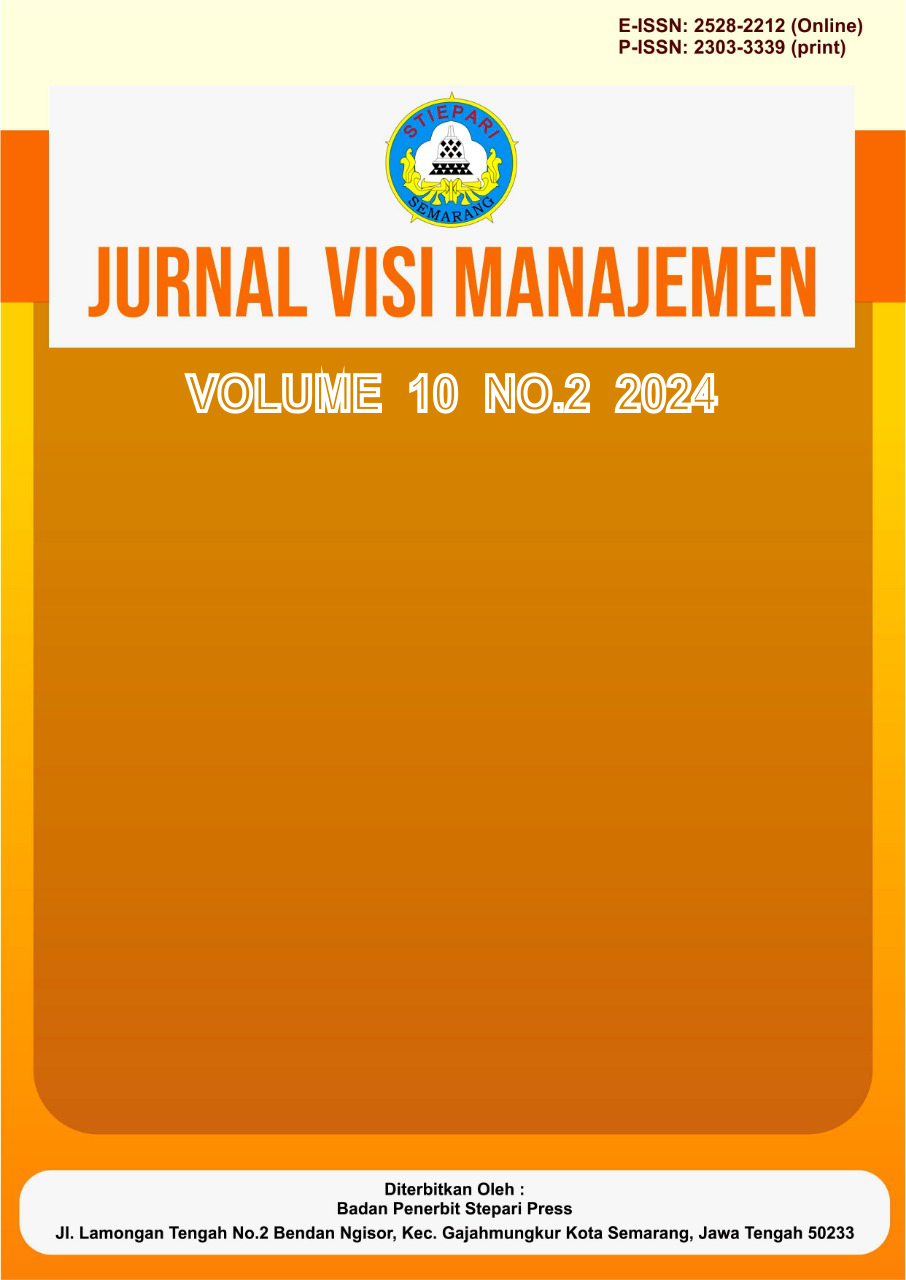Peran Ekuitas Swasta dalam Penyelesaian Bank Gagal Pascakrisis Keuangan dan Implikasinya terhadap Stabilitas Keuangan
DOI:
https://doi.org/10.56910/jvm.v10i2.554Keywords:
Private Equity, Failed Banks, Financial Stability, 2008 Financial Crisis, Bank RestructuringAbstract
This study aims to analyze the role of private equity in resolving failed banks following the 2008 financial crisis and its impact on financial stability. Using a qualitative literature review method, this research examines 30 related studies covering restructuring efficiency, capital stability, operational innovation, and market concentration risks. The findings indicate that private equity can expedite the resolution of failed banks through effective restructuring and improved operational efficiency. However, challenges such as moral hazard risks and market concentration require strict regulatory oversight. The contribution of private equity to financial stability is contextual, depending on market structures and local regulations. This research provides strategic insights for policymakers to optimize the benefits of private equity in the financial sector.
References
Andrade, G., & Kaplan, S. N. (1998). How costly is financial (not economic) distress? Evidence from highly leveraged transactions that became distressed. Journal of Finance, 53(5), 1443–1493. https://doi.org/10.1111/0022-1082.00058
Andrianova, S., Demetriades, P., & Shortland, A. (2008). Government ownership of banks, institutions, and financial development. Journal of Development Economics, 85(1), 218–252. https://doi.org/10.1016/j.jdeveco.2006.09.002
Berger, A. N., & Bouwman, C. H. S. (2013). How does capital affect bank performance during financial crises? Journal of Financial Economics, 109(1), 146–176.
Bernstein, S., Lerner, J., & Mezzanotti, F. (2019). Private equity and financial fragility during the crisis. Review of Financial Studies, 32(4), 1309–1373.
Boucly, Q., Sraer, D., & Thesmar, D. (2011). Growth LBOs. Journal of Financial Economics, 102(2), 432–453. https://doi.org/10.1016/j.jfineco.2011.05.014
Braun, V., & Clarke, V. (2006). Using thematic analysis in psychology. Qualitative Research in Psychology, 3(2), 77–101. https://doi.org/10.1191/1478088706qp063oa
Davis, S., Haltiwanger, J., Handley, K., Jarmin, R., Lerner, J., & Miranda, J. (2014). Private equity, jobs, and productivity. American Economic Review, 104(12), 3956–3990. https://doi.org/10.1257/aer.104.12.3956
DeYoung, R., Kowalik, M., & Torna, G. (2021). Private equity investment in U.S. banks. Available at SSRN: https://ssrn.com/abstract=4011362
Donthu, N., Kumar, S., Mukherjee, D., Pandey, N., & Lim, W. M. (2021). How to conduct a bibliometric analysis: An overview and guidelines. Journal of Business Research, 133, 285–296. https://doi.org/10.1016/j.jbusres.2021.04.070
Federal Deposit Insurance Corporation. (2009). Final statement of policy on qualifications for failed bank acquisitions. Federal Register, 74, 45440–45449.
Federal Deposit Insurance Corporation. (2019). Resolutions Handbook. Washington, DC: FDIC.
Gandhi, A., Song, Y., & Upadrashta, P. (2023). Private equity, consumers, and competition. Available at SSRN: https://ssrn.com/abstract=3626558
Granja, J., Matvos, G., & Seru, A. (2017). Selling failed banks. Journal of Finance, 72(4), 1723–1784. https://doi.org/10.1111/jofi.12506
Grant, M. J., & Booth, A. (2009). A typology of reviews: An analysis of 14 review types and associated methodologies. Health Information & Libraries Journal, 26(2), 91–108. https://doi.org/10.1111/j.1471-1842.2009.00848.x
Hotchkiss, E. S., Smith, D. C., & Strömberg, P. (2021). Private equity and the resolution of financial distress. Review of Corporate Finance Studies, 10(4), 694–747. https://doi.org/10.1016/j.jbusres.2019.07.039
Kaplan, S. N., & Strömberg, P. (2009). Leveraged buyouts and private equity. Journal of Economic Perspectives, 23(1), 121–146. https://doi.org/10.1257/jep.23.1.121
Sapienza, P. (2004). The effects of government ownership on bank lending. Journal of Financial Economics, 72(2), 357–384. https://doi.org/10.1016/j.jfineco.2003.04.003
Snyder, H. (2019). Literature review as a research methodology: An overview and guidelines. Journal of Business Research, 104, 333–339.
Sorensen, M., & Yasuda, A. (2023). Stakeholder impact of private equity investments. In B. E. Eckbo, G. M. Phillips, & M. Sorensen (Eds.), Handbook of the Economics of Corporate Finance (Vol. 1, pp. 101–150). Elsevier. https://doi.org/10.1016/B978-0-12-819211-1.00003-4
Torraco, R. J. (2016). Writing integrative literature reviews: Guidelines and examples. Human Resource Development Review, 15(4), 404–428.






